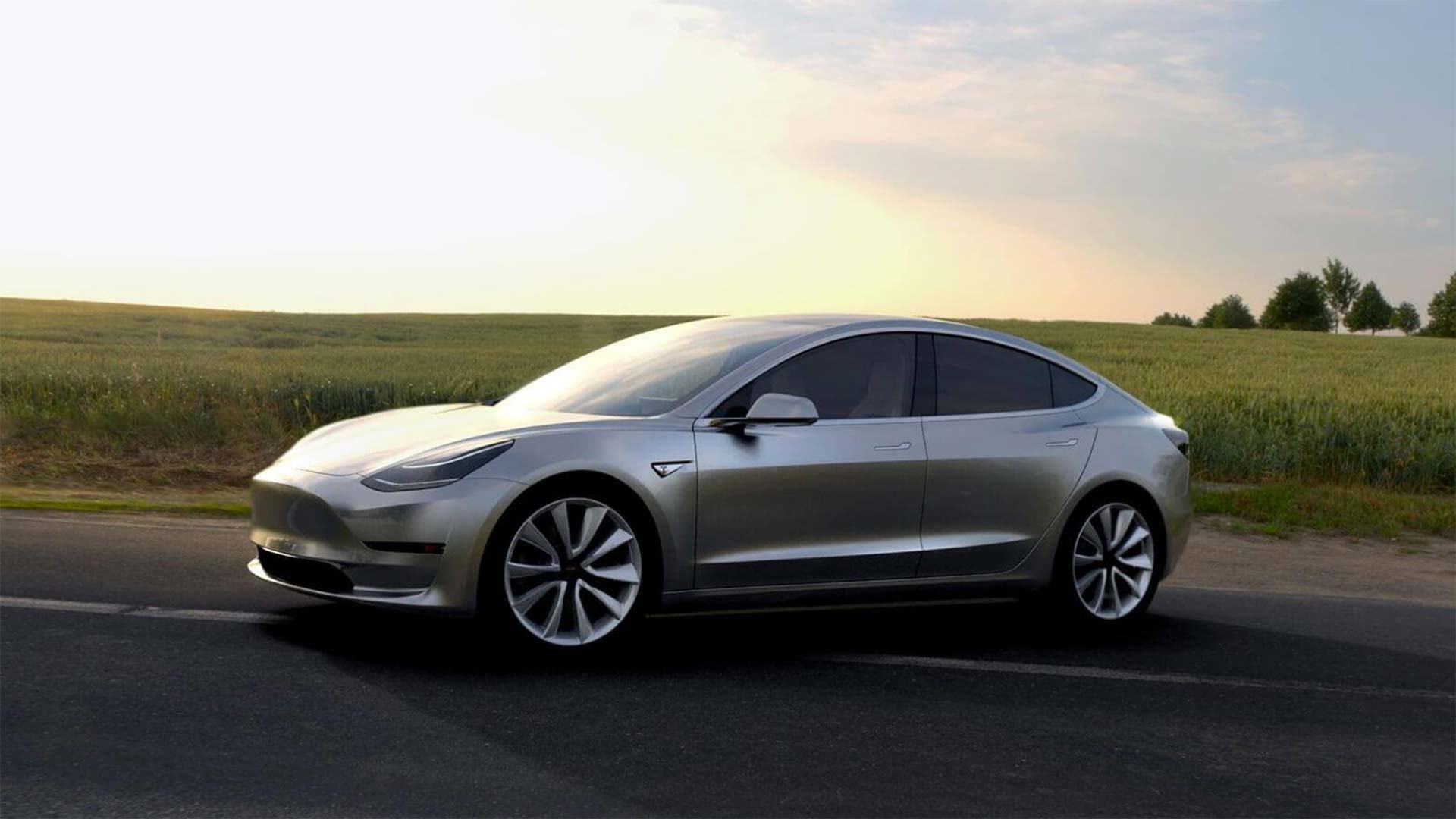

Tesla made waves with its introduction of the Model 3. Not only had it fulfilled CEO Elon Musk’s Master Plan of bringing an affordable mass-produced electric car to the public, but it also made people generally excited to buy an electric car. It’s much cooler to say “I’m buying a Tesla” than “I’m buying a Prius.” With the introduction of the Model 3 to the market, prospective buyers are no longer turning Tesla away because of cost, but because of availability. Taiwanese news source UDN has recently reported that suppliers are ramping up for Tesla’s next big production push.
Back in October, the Model 3 began to face production bottlenecks. The cars couldn’t be pushed out as fast as Musk anticipated, and it seemed that Tesla would not meet its target goal of production Model 3s by the end of 2017. But not all is lost, suggests a supplier to its local news publication, as the company has been asked to ramp up its production to meet a monthly quota equivalent to 20,000 units per month, or Tesla’s original goal of 5,000 Model 3s per week.
Shen Guorong, chairman of Hota Industrial Manufacturing (one of Tesla’s large suppliers), implied that the company will be going through its own version of “production hell” in order to meet the new supply demands. By working overtime and fast-tracking deliveries via air freight rather than by sea, the company hopes to hit the ground running and pick up its pace to meet demand.
It’s important to note that this number of 5,000 units per week is expected to double in 2018, reaching 10,000 units by year-end. The supplier stated that the 5,000 unit quote would be required as soon as March of 2018, which puts the Model 3 production numbers within reach of its goals. We reached out to Tesla to confirm this production hike. Tesla did not respond to our request for comment.
Musk once described Model 3 production as being relative to an S-Curve. This means that due to cost, labor, and other items that go into the production of the Model 3, it will take some time to produce a quantifiable number of the vehicle for resale. Once everything falls into place and starts running like a well-oiled machine, production numbers sharply increase until demand no longer meets or exceeds supply. When charted on paper against time, it just looks like an “S.”
Once the Model 3 reaches full swing for its single motor long range trim in 2018, Tesla will begin building what it expects to be lower volume models. This includes a unit equipped with a short-range battery, as well as the dual-motor performance variant which is heavily anticipated by some.
As Tesla continues to work its way from being viewed as a “new” manufacturer, it’s bound to run into some hurdles along the way. Fortunately, the automaker has been great at overcoming these bottlenecks and fighting its way to take the lead on the electric frontier. Eventually, more seasoned manufacturers will aim to take bites from Tesla’s market share, but if it can play the game correctly, Tesla may be miles ahead of the closest competitor when the time comes.